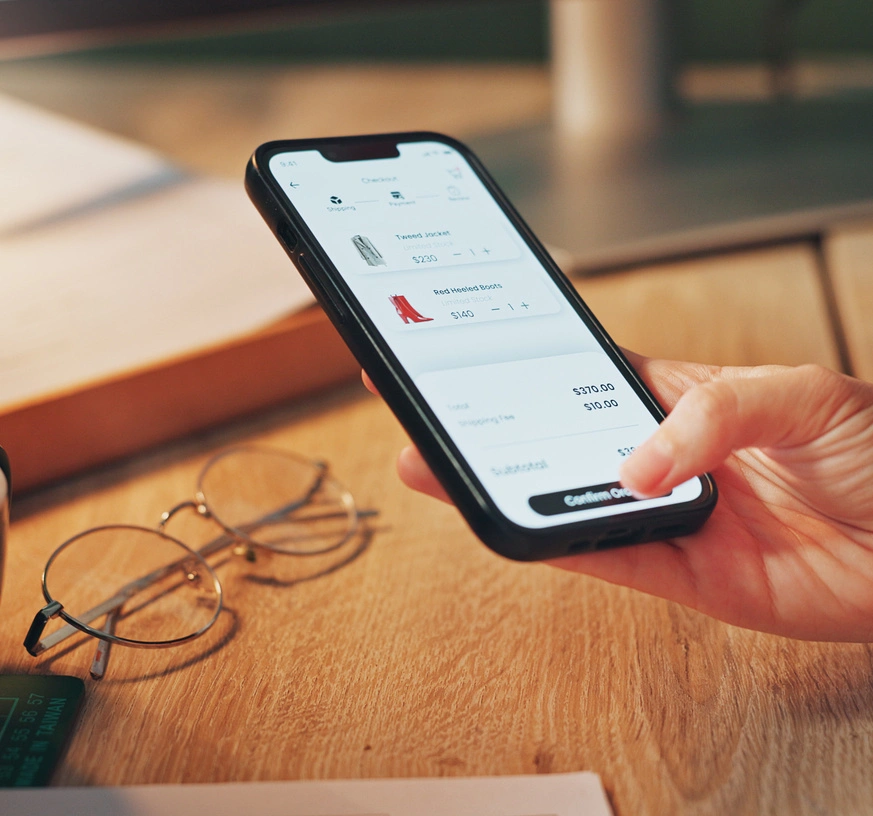When you apply for a small business loan and are a “low risk” borrower, you get the opportunity to negotiate specific terms in the agreement to save money, help get your business credit score to climb back more quickly, and set yourself up for future financing when you need it. Here are the terms you may be able to negotiate.
- Payback periods
- Interest rates
- Loan amounts
- Prepayment penalties
- Collateral
- Deposit amounts
- Balloon payments
This is because loan agreements are not set in stone. Don’t worry if you are not “low risk,” as you can still negotiate some loan terms by bringing trust builders and assets to the negotiating table to build the lender’s confidence. These can include:
- Good personal credit score
- New information not yet included in your business credit score like big contracts with new customers, recent debt payoffs, or updated financials showing higher profit margins or cash flows
- Personal or business assets you can put down as collateral
Whether you’re a low risk business or not, this guide will help you understand why you should negotiate, what to know, and what to do for each of the terms listed above.
Payback Periods
Why you should negotiate this:
The longer you have a debt, the longer it stays on your records with the credit bureaus, which can make you higher risk for other debt financing or trade credits from suppliers. It can also make your business less appealing to equity investors that tend to want less debt with their investments. By negotiating the payback period terms, you can clear the debt faster, removing this potential negative for third parties.
What to know:
When you negotiate shorter payback periods, you’re reducing the revenue the lender will make, or the length of time they’ll be collecting revenue. When they negotiate on payback periods, they’ll likely either increase the interest rate or add in a prepayment penalty fee.
What to do:
First, try for a short-term business loan instead of a traditional small business loan as the loan period will be quicker. If they say no, ask if you can do curtailments (payments on the principal in between monthly payments). By doing curtailment payments, you reduce the principal and the amount of interest the lender will collect on the next month’s payment.
Interest Rates
Why you should negotiate this:
Higher interest rates cost you more money, which means you have less available to use for your business. By negotiating interest rates, you can free up cash flow each month, and that can be used for operations, bonuses, or any other business purpose.
What to know:
Creditors charge higher interest rates when they take on more risk. If you do not have a good to great business credit score and a track record of turning a profit, you won’t have much room to negotiate this.
What to do:
If you are in the low risk category, look at what the current market is and get lenders to compete for your business. If you are not a low risk borrower, see if you can put a larger deposit down or extra collateral. When you leverage high-value assets, which a lender can claim if you default, you become lower risk and thus may be able to get a better interest rate.
You might also be able to negotiate by bringing information that’s not yet on your credit report, like new contracts you’ve signed and large new clients, which could serve as evidence of future cash flow and profits.
Loan Amounts
Why you should negotiate this:
Whether you want to lock in funding for the future while interest rates are good or you need a specific amount of funds now for your business, not all lenders will give you the full amount you request. In such cases, you have to create a case for why they should trust you with a higher amount.
Negotiating a higher amount lets you avoid having to take a second loan in the near future, which means you’ll have fewer recent loan applications that can ding your credit score. The added benefit of getting a higher amount now is that you have financing for your future projects early, so you can get started on them as soon as you’re ready.
What to know:
Higher debts can make you less appealing to B2B customers that buy supplies or products from you in bulk. If it appears you owe substantial debt, they may feel that future financial trouble for your business could lead to their operations being disrupted. The same goes for other lenders, which may be less likely to lend to you due to your current obligations. This can be especially problematic if you need something like an emergency business loan if an electrical fire wipes out your warehouse or you need to replace inventory after a flood.
What to do:
Look at what you need now and what your near-term goals are. Put together a business plan with a revenue forecast for how the additional funds will help you reach your projections. By making a strong case, you may get the lender to provide you with the full amount. Now your projects can begin on time or early, and you can reach your goals faster.
Prepayment Penalties
Why you should negotiate this:
You don’t want to have to pay a fee to eliminate the debt you owe. The first thing you need to do is review the terms of the loan and see if they involve prepayment penalties. From there, you can discuss adjustments with the lender and maybe even have them struck out or reduced.
What to know:
When you pay the loan back early, the lender no longer earns revenue. They can lend the money you pay back to other borrowers, but they need to find these borrowers and evaluate them. This takes time compared to collecting from you, an already proven borrower. Plus, if market interest rates have dropped since you took the loan, the lender won’t get as much revenue from a new loan as they would have from yours. These are the factors the lender will be considering.
What to do:
There are two strategies you can try to get the prepayment penalty removed or reduced. The first is to build a case that you need a long-term financing partner and that you will come back to them each time you need financing. The other is to share that other lenders are waiving their fees because you’re a “low risk” and in-demand borrower. The first option is an easier approach and builds a relationship, and that can go far as your business needs evolve.
Collateral
Why you should negotiate this:
Using collateral for a loan means you likely can’t use it for other loans you might need, and you can’t sell it in an emergency to get cash. If the lender will use UCC filings, you should negotiate and confirm the specific description of the collateral.
When a lender uses general descriptions like “equipment” for collateral instead of unique identifiers like serial numbers, you can lose a lot more than you expected if you default. If you’re a “higher risk” borrower, you can use your assets as a bargaining chip to get funding and at better rates.
What to know:
When listing collateral, make sure you are as specific as possible when detailing what is included in the deal. Use serial numbers, specific SKUs, model numbers, and VINs so the lender cannot make a general claim on your company’s assets.
What to do:
Ask the lender what is going into the UCC filing and to be specific in the contract. Before you sign, read it over and ask for any needed adjustments so you can keep some of your company’s assets available in case of emergencies or for if you decide to sell them to upgrade your operations. For example, if they list the collateral as “work trucks,” have them replace this general phrase with specific VIN numbers.
Deposit Amounts
Why you should negotiate this:
By lowering the deposit amount, you have more money to use for other items in your business.
What to know:
Not all business loans require a deposit, but for the ones that do, it works similarly to a down payment on a personal home mortgage. The deposit is a safety net for the lender in case you default.
What to do:
If you don’t have the cash on hand to fund the full deposit, try to lower your risk category. One way you can do so is by showing your company’s financial history including cash flow and year-over-year growth in net revenue or profit margins.
If you have the cash on hand but can use it for a different, more profitable purpose, discuss this with the lender and see if they’ll agree to use the gains from this other purpose to fund the deposit later.
For loans like equipment or vehicle financing, you can also show the lender how they’re taking a “lower risk” by coming to the negotiating table with data on resale values, how well the brand you’re purchasing holds its value vs. other options, and how easy it is to sell the collateral.
Balloon Payments
Why you should negotiate this:
If you can make a large lump sum payment, especially as the loan comes to term, you can pay a lot less in interest.
What to know:
When a balloon payment is made, the lender earns less interest. To make up lost revenue, they’ll want to increase interest rates or have you consider them for future loans.
What to do:
Find out what their concerns are with balloon payments and address those. If their concern is that you only need one loan and will go away, share your five-year strategy and which parts will require funding in the future. You can tell your lender that their flexibility now can help them keep your business for future projects. Also, your future loans could be larger, which would make the lender more money in the long run, even with this short-term reduction in revenue.
When you know why a lender may be more or less open to negotiating terms, you can sit down at the negotiating table already prepared to offer something that works for your business and for the lender.

















